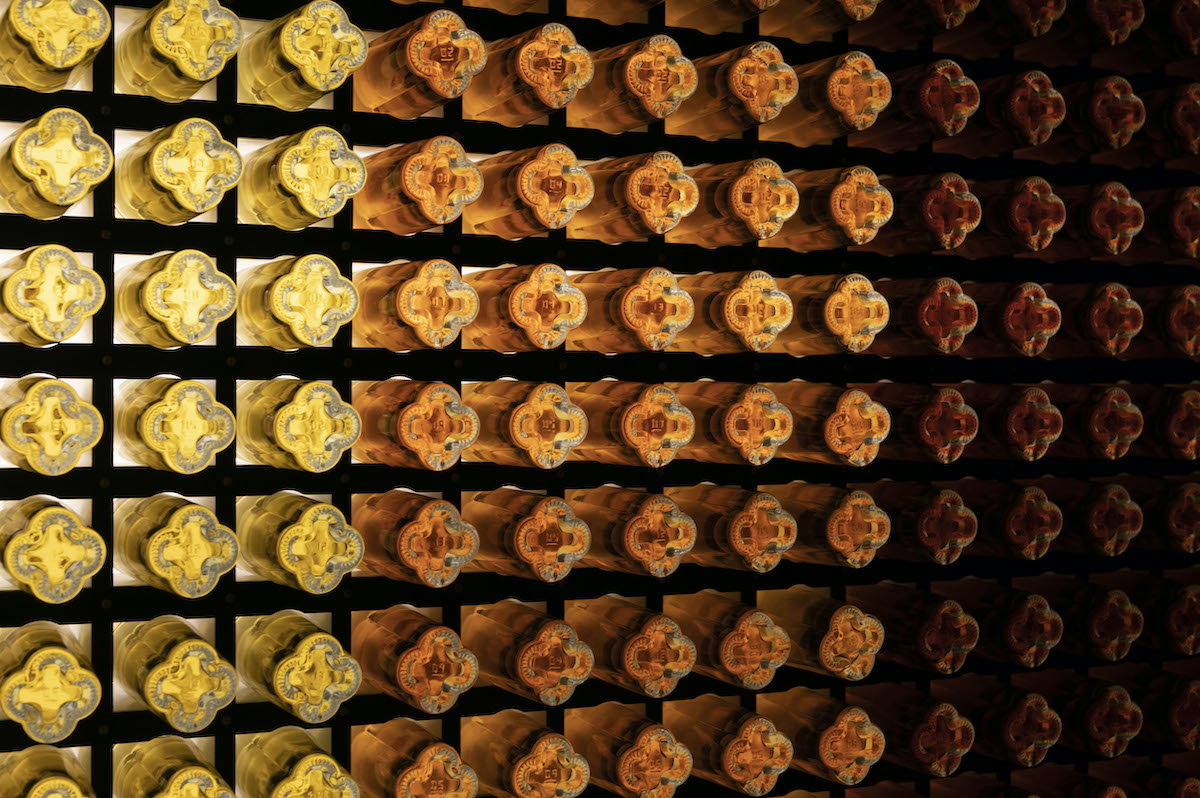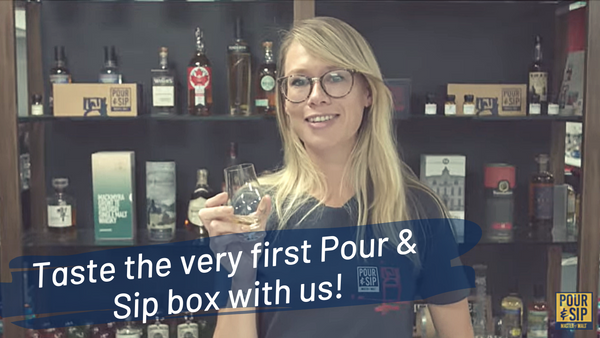Harnessing flavour at The Lakes Distillery, with whiskymaker Dhavall Gandhi

With The One Moscatel Finished in your boxes this month, we chatted to Lakes whiskymaker Dhavall Gandhi about the unique blended whisky and the star of it, the Lakes single malt.
The Lakes Distillery was the first whisky distillery I ever visited, two years ago in March 2020 before the whole world pretty much shut down. I still remember so much from that trip, not just because there are llamas at the distillery, but because Lakes whiskymaker Dhavall Gandhi is absolutely brimming with knowledge and enthusiasm for all things flavour. I got back in touch with him to talk about The One series, specifically the Moscatel-finished release.
Why The Lakes is unique
At the core of The One you’ll find The Lakes single malt, alongside a range of Scotch whiskies – “heavier, delicate, and smoky characters of Scotch grain and malt whiskies from the Highlands, Speyside, and Islay, versatile enough to adapt to the unique characteristics derived from a wide-range of different casks,” Gandhi tells me. How The Lakes produces its standout single malt is rather unique indeed. From fermentation to oak and blending, there’s something unusual at every stage.

The most obvious of these is that Gandhi oversees the entire process from start to finish. Most distilleries would have a different person (or team) in charge of each stage, but Gandhi prefers to have complete creative control, giving him what he calls his ‘holistic approach’ to making whisky. He starts at the end of the whisky making process, with a vision of the style of whisky he wants to create – then he works backwards, determining what kind of casks will help him achieve the style, what new make spirit will suit those casks best, which yeasts and fermentation will achieve that specific new make, and so on.
Fermentation is where a lot of the fun happens at The Lakes, with three different yeast strains at Gandhi’s disposal: Scotch yeast, French yeast, and heritage yeast, with each yeast strain giving top, base and middle notes, respectively. The fruity wort* goes through a lengthy 96-hour fermentation period, and the extra time results in a lighter, creamier spirit. Gandhi has a particular term for the building blocks of his production process, which he refers to as his “three tier spirit architecture”. The three tiers refers to the three different yeast strains, with different yeasts used on different days in different combinations, allowing him to tweak and tailor his needs very specifically.

As well as three yeast strains, the distillery has both copper and stainless steel condensers, allowing Gandhi to create two different new make spirits. We’ll call them type A and type B. Type A is the light to medium bodied spirit yielded from the copper condenser, while type B is heavier bodied, coming from the stainless steel condenser. As well as a lengthy fermentation, the distillation is also pretty slow, allowing the spirit more contact with the still, resulting in a particularly fruity new make spirit.
So Gandhi has the tools to create a plethora of different spirits, and then it’s time to blend them together – this final stage is where Gandhi’s passion is. The word ‘blend’ isn’t often associated with single malts, but unless it’s a single cask bottling, chances are your single malts will have gone through a blending process, as different malts from the same distillery are blended together to create different expressions. “With a wide collection of oak casks, we enjoy nothing more than creating new flavours,” Gandhi tells me.

The One whisky series
So that’s how The Lakes single malt is created – but to create The One, it’s then blended with Scotch grain and malt whiskies from the Highlands, Speyside, and Islay (while still being the star of the show). “Using the same blend of whisky as a base for each expression, our vision with Cask Finished releases is to demonstrate the impact oak and cask seasoning has on whisky’s flavour,” says Gandhi. The aim? "To take people on a journey of discovery, releasing new expressions that will help whisky drinkers to learn through flavour about the impact of maturation.”
Back in October 2020 – our second ever box! – Pour & Sip featured the Orange Wine Cask edition, and though it’s from the same range, the ex-Moscatel cask makes for a thoroughly different dram. Traditional sherry casks often make the backbone of Lakes whiskies, with Oloroso making up a large proportion of that (Gandhi used to work at Macallan, so it’s of little surprise that well-sherried expressions are something of his forte), so The One Moscatel Cask Finished is an intriguing expression from the English distillery, moving away from the traditional flavour profile of sherry-matured whiskies.

“With The One Moscatel, we wanted to create something fresh and floral,” Gandhi tells me. The wine used to season the casks is made with grapes from the small town of Chipiona, in the Cádiz province of Andalucía. Grapes go through the soleo process – where they’re sun-dried before being pressed – which reduces the water content and relatively increases the sugar levels.
First orange wine, then Moscatel… What more can we expect from this experimental whisky series? “While we can’t share what the next casks will be just yet, we can say that we have some very exciting new expressions due for release in 2022.” Watch this space!
*Wort is the sugary liquid from the mash tun, a mix of grains (in this case, malted barley) and warm water. Wort becomes wash as soon as it’s mixed with yeast.



